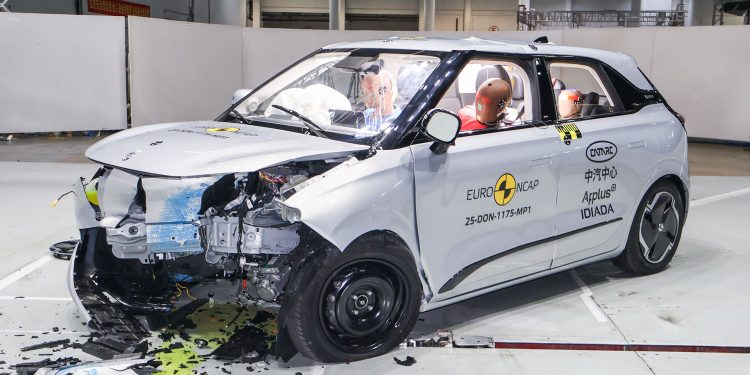Dongfeng BOX fails to impress in Euro NCAP safety testing
A new EV from China has stumbled in European crash testing, with the Dongfeng BOX, which is due to arrive in NZ soon, earning a three-star safety rating from Euro NCAP following structural failures in key crash assessments.
The small electric hatchback is produced by state-owned Dongfeng Motor Corporation and NCAP says its poor performance in testing has raised concerns about safety standards in the increasingly competitive small EV segment.
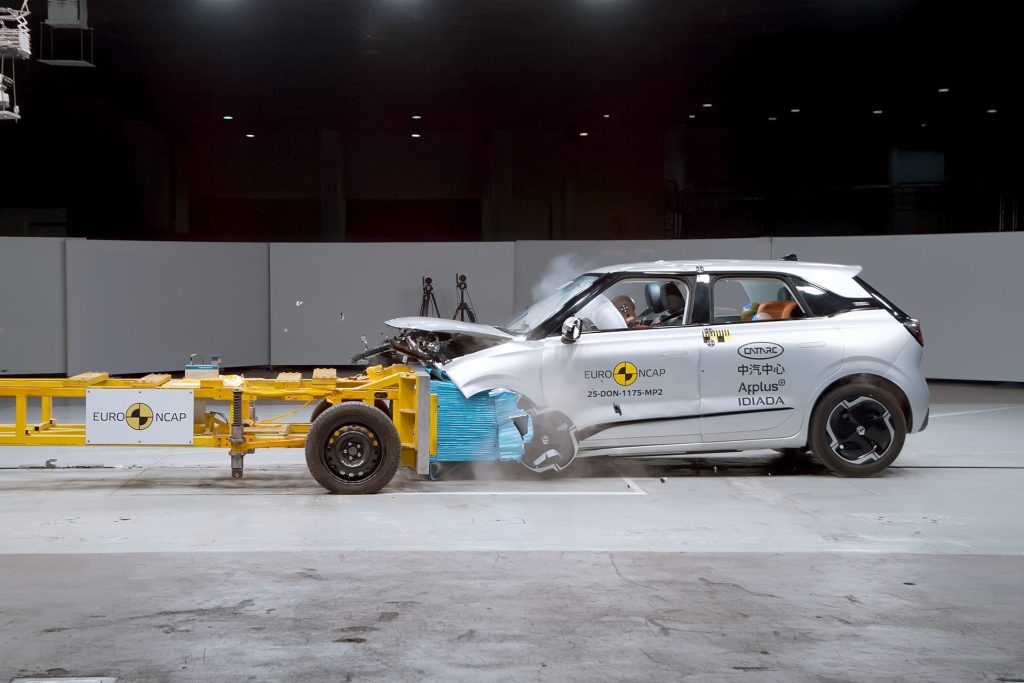
Structural failure in crash tests
During Euro NCAP’s frontal offset crash test, designed to simulate a common car-to-car collision, multiple spot-welds failed on part of the BOX’s body shell which it says is a serious concern for structural integrity.
Read more – Dongfeng Motor confirms New Zealand launch with three affordable EVs
“If spot welds fail during a crash, the structure can lose its integrity, increasing the risk of deformation around the cabin and reducing protection for occupants,” Euro NCAP said in its report.
Programme Director Dr. Aled Williams described the result as troubling:
“It was a concern that the spot welds were compromised during our tests and could be further compromised in higher-speed accidents. Such a failure must be addressed to match competitor vehicles in what’s a fast-growing part of the EV market.”
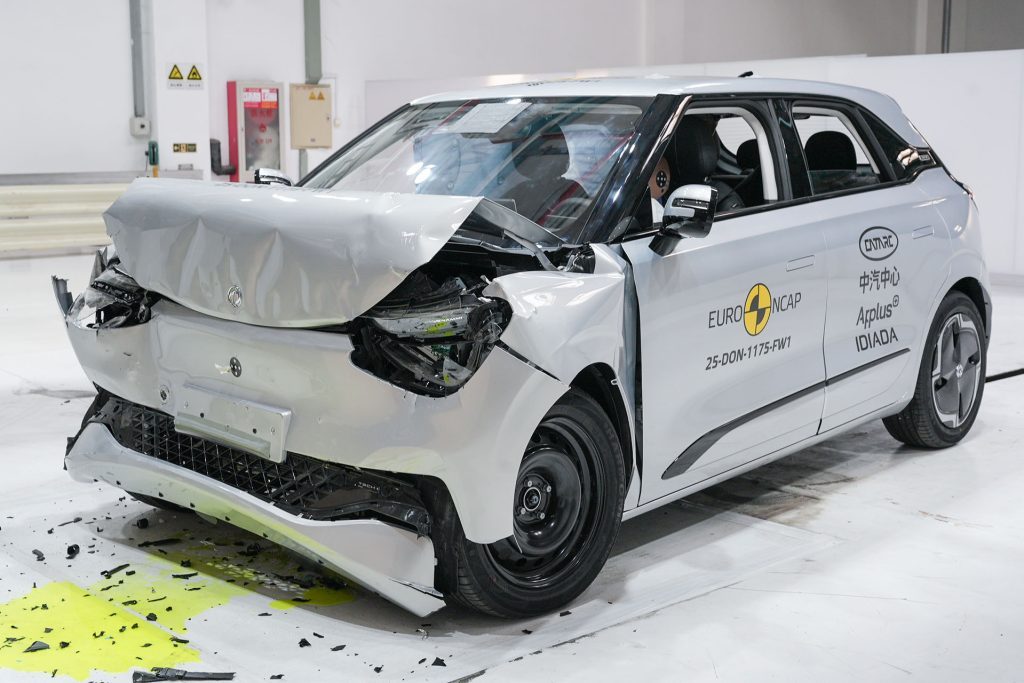
The issue was uncovered during the Mobile Progressive Deformable Barrier test, where two vehicles collide head-on with a 50 per cent overlap at 50 km/h. This is one of Euro NCAP’s most critical assessments, as frontal collisions account for more fatalities than any other crash type.
Safety system concerns
The BOX scored 69 percent for adult occupant protection, with Euro NCAP noting that the unstable body structure raised questions about crash performance at higher speeds.
Post-impact, the automatic door locks failed to disengage, potentially delaying emergency access. The steering wheel airbag also deployed with insufficient pressure, causing the dummy driver’s head to strike the wheel, while hard dashboard components were found to pose injury risks to the driver and front passenger.
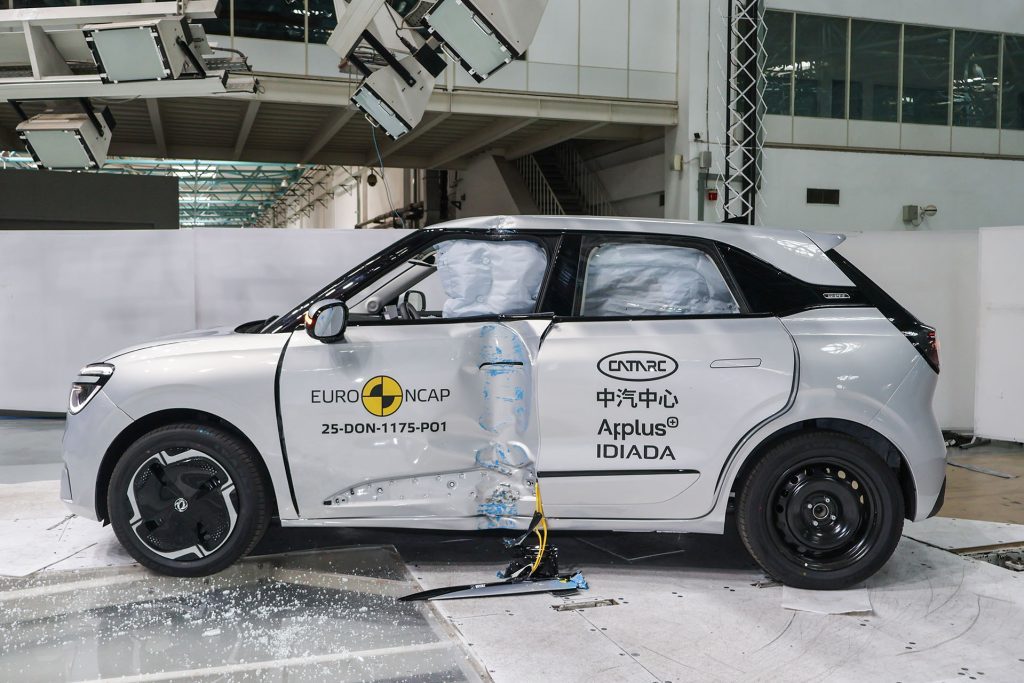
The test also highlighted the absence of countermeasures to prevent occupant-to-occupant contact during a side impact, an increasingly important safety feature in modern EVs.
Competitors outshine Dongfeng
Small EV models such as the BYD Dolphin SURF, MINI Cooper E, Renault 5, Lynk & Co 02, and Renault 4 have all achieved four- or five-star ratings, demonstrating the growing safety gap between established manufacturers and newcomers like Dongfeng.
Cadillac, VW, and Chery excel
Euro NCAP’s latest round of testing also included several other vehicles. The Cadillac Optiq, a compact electric SUV rivaling the Audi Q4 e-tron and BMW iX1, achieved a five-star rating, including 83 per cent for adult protection and 81 per cent for child protection.
Dr. Williams said the American brand’s success was notable:
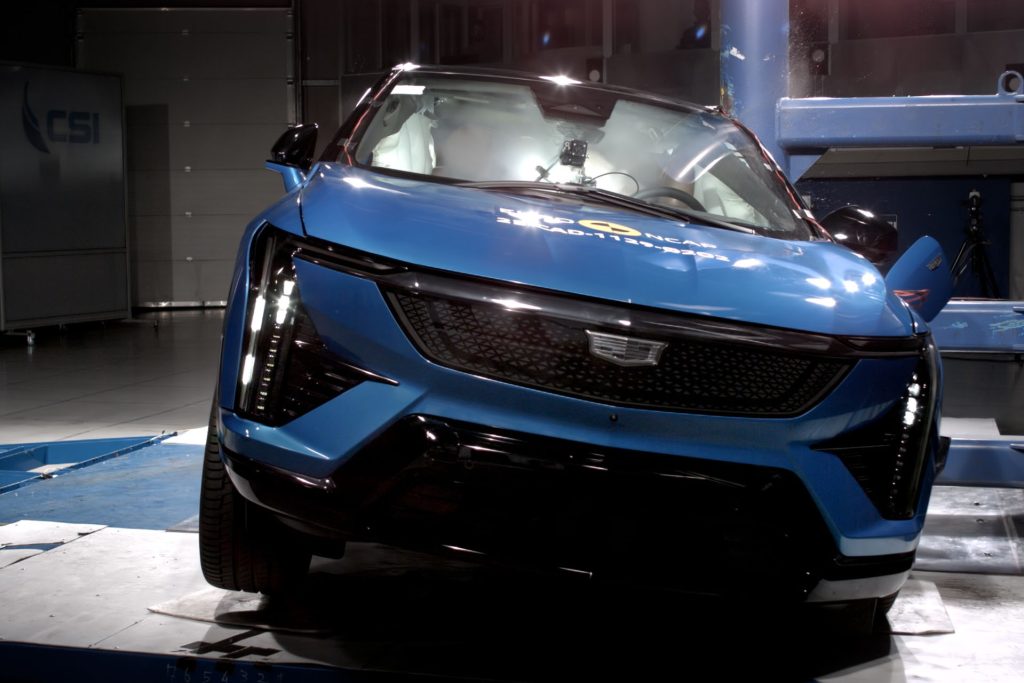
“There have been times in the past when US vehicles have fallen well short of the safety standards European consumers take for granted. But the performance of the Cadillac shows that America’s car makers can hold their own against the establishment from Europe and Asia.”
Volkswagen Group also submitted several combustion and electric models including the Audi Q3, Skoda Octavia, VW Golf, and ID.4, all of which achieved five-star ratings under the 2025 protocols. The VW T-Cross, however, managed only three stars.
Meanwhile, Chery improved its standing after earlier safety concerns. Following a retest, the Tiggo 7 and Tiggo 8 SUVs were upgraded to five stars after the Chinese automaker re-engineered their curtain airbags.
“Chery acted swiftly to address the fault we identified, and the resulting fix has raised the TIGGO to a five-star rating,” said Dr. Williams. “Striving toward the highest possible safety rating is in the consumer’s best interest.”


